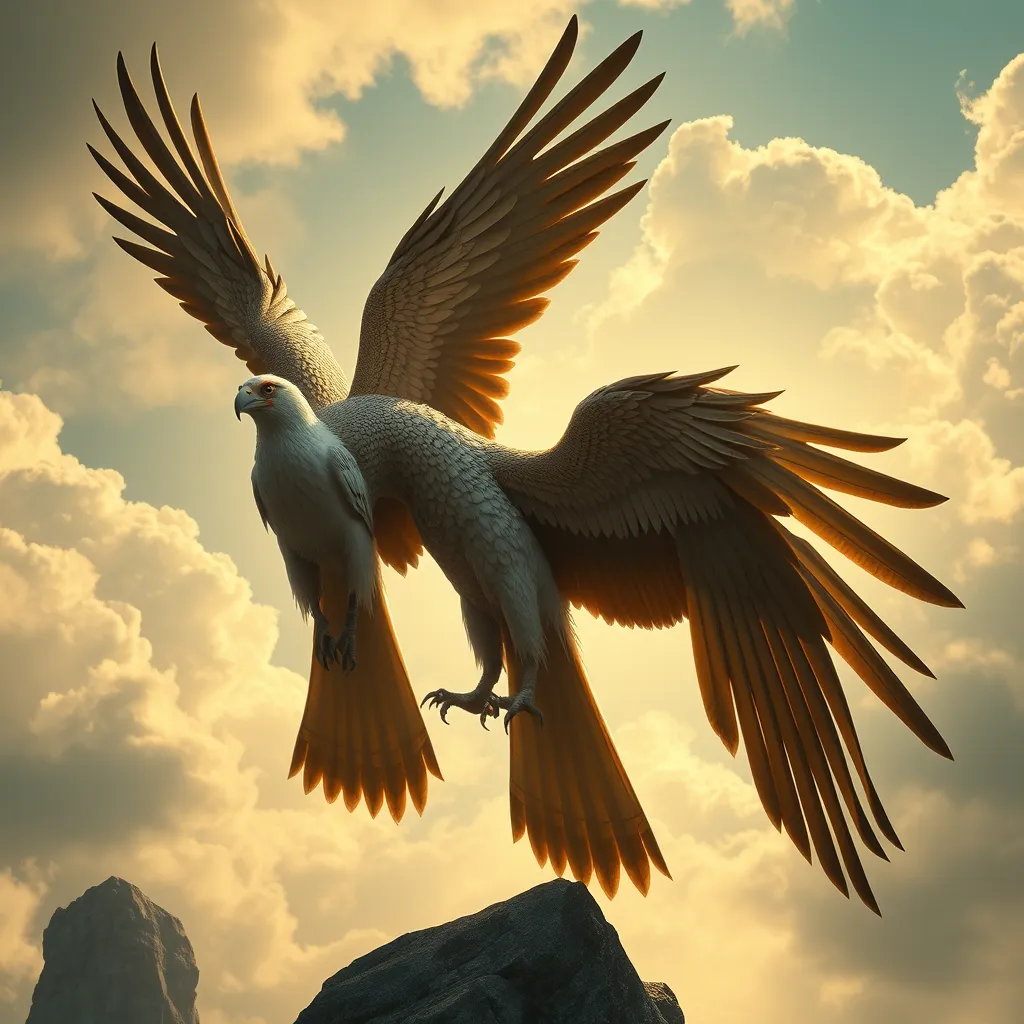The Lore of the Land: Exploring the Spirits of the Australian Aboriginal Culture
I. Introduction
Aboriginal culture is one of the oldest continuous cultures in the world, with a history that spans over 65,000 years. It is not only a reflection of the diverse practices and beliefs of Indigenous Australians but also a testament to their deep connection with the land. Aboriginal culture is significant in Australia as it encompasses a rich tapestry of stories, art, and spiritual beliefs that have been passed down through generations.
Central to Aboriginal belief systems is the intrinsic connection between land and spirituality. The land is not merely a physical space but a sacred entity imbued with stories and spirits that shape the identity and culture of Aboriginal peoples. This article aims to explore the spirits and lore of the land, shedding light on the profound relationship between Aboriginal spirituality, the Dreamtime, and the natural environment.
II. Understanding Aboriginal Spirituality
Aboriginal spirituality is complex and varies across different communities, but several key concepts unify these beliefs:
- **The Dreamtime and Creation Stories**: The Dreamtime is a term used to describe a time when ancestral beings created the world. It encompasses a vast array of stories that explain the origins of landforms, animals, and people.
- **The Role of Ancestors and Totems**: Ancestors are revered in Aboriginal culture, and each person is often linked to a particular totem, which can be an animal, plant, or natural element that holds spiritual significance.
These concepts highlight the relationship between spirituality and the natural environment, where every aspect of nature is believed to have a spirit or essence that is interconnected with human life.
III. The Dreamtime: Stories of Creation
The Dreamtime serves as a foundational element of Aboriginal culture, offering insights into the beliefs and practices of Indigenous Australians. It is a time that transcends the conventional understanding of past, present, and future, encompassing a spiritual reality that informs daily life.
Notable Dreamtime stories include:
- **The Rainbow Serpent**: Often considered a creator deity, the Rainbow Serpent is a powerful symbol of fertility and life. The story of the Rainbow Serpent illustrates the creation of rivers, mountains, and life itself, emphasizing the importance of water and the natural world.
- **The Emu and the Jabiru**: This story explains the relationship between these two birds and their roles in the ecosystem. It teaches lessons about harmony, balance, and the interconnectedness of all living beings.
These stories continue to influence cultural practices today, guiding the way Aboriginal communities interact with the land, animals, and each other.
IV. The Role of Spirits in Aboriginal Lore
Spirits play a crucial role in Aboriginal lore, with various types of spirits holding different significances:
- **Ancestral Spirits**: These spirits are believed to be the souls of ancestors who watch over their descendants. They provide guidance and protection, and rituals are often performed to honor them.
- **Nature Spirits**: These spirits are associated with specific natural elements, such as rivers, trees, and animals. They are considered guardians of the land and are often invoked in ceremonies to ensure harmony with nature.
Rituals and ceremonies are essential for honoring and communicating with these spirits, ensuring that the cultural and spiritual connections to the land are maintained.
V. Connection to Land: Sacred Sites and Their Importance
Sacred sites hold profound significance in Aboriginal culture, serving as places of worship, ceremony, and cultural identity. These sites are often linked to Dreamtime stories and are considered living landscapes filled with spiritual energy.
Examples of well-known sacred sites include:
- **Uluru**: Also known as Ayers Rock, Uluru is a massive sandstone monolith that is sacred to the Anangu people. It is a site of immense cultural importance and is associated with numerous Dreamtime stories.
- **Kata Tjuta**: This group of large, domed rock formations is also sacred to the Anangu and is known for its stunning beauty and spiritual significance.
The land’s impact on identity and community cohesion is profound, as it fosters a sense of belonging and continuity among Aboriginal peoples.
VI. Preservation of Culture and Lore
Despite the resilience of Aboriginal culture, it faces numerous challenges in modern times, including the effects of colonization, land dispossession, and cultural assimilation. These factors threaten the transmission of language, stories, and spiritual practices.
Efforts to preserve culture and lore are ongoing, with initiatives focused on:
- **Revitalizing Language**: Programs aimed at teaching and preserving Indigenous languages are crucial for maintaining cultural identity.
- **Cultural Education**: Schools and community organizations are working to educate both Aboriginal and non-Aboriginal Australians about the significance of Indigenous culture.
- **Cultural Exchange**: Collaborations between Aboriginal communities and non-Indigenous Australians promote mutual understanding and respect.
VII. The Influence of Aboriginal Lore on Contemporary Society
Aboriginal lore has significantly influenced contemporary Australian culture and law. Its integration offers valuable perspectives on environmental stewardship, social justice, and cultural diversity.
The significance of Aboriginal art and storytelling has grown in modern contexts, as these forms of expression convey deep cultural heritage and resonate with broader audiences. Collaborations between Aboriginal communities and non-Indigenous Australians have fostered a greater appreciation for Indigenous knowledge and practices.
VIII. Conclusion
Understanding Aboriginal spirits and lore is essential for appreciating the depth of Indigenous culture in Australia. The connection of Aboriginal peoples to the land is profound and symbolic of their identity, spirituality, and resilience.
As we move forward, it is crucial to respect and acknowledge this deep connection, fostering an inclusive future that honors the rich traditions of Aboriginal culture. By exploring and learning from Aboriginal culture, we can contribute to a more harmonious society that values diversity and heritage.




